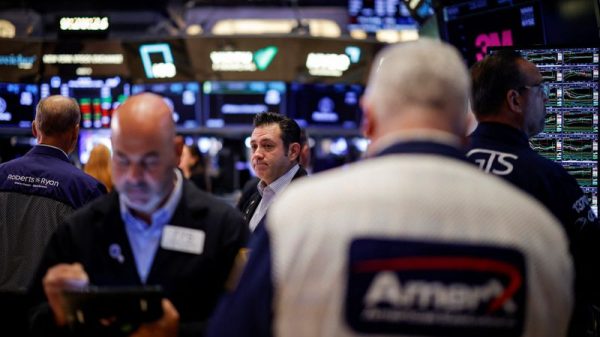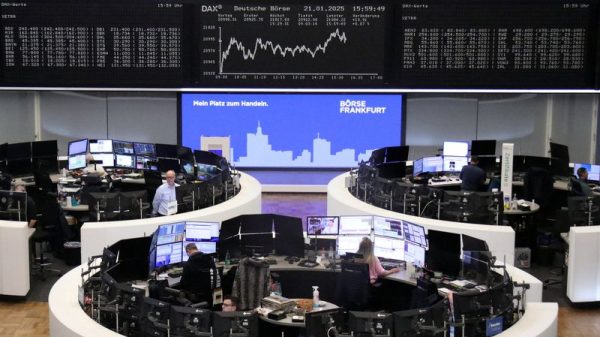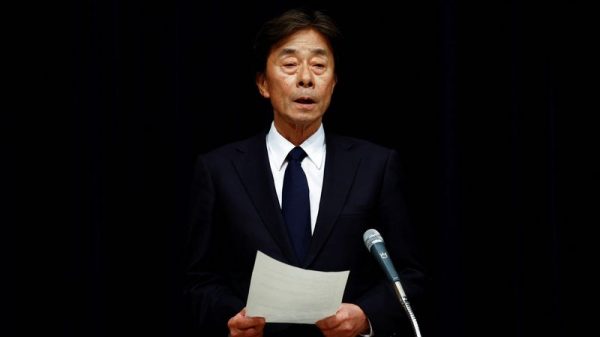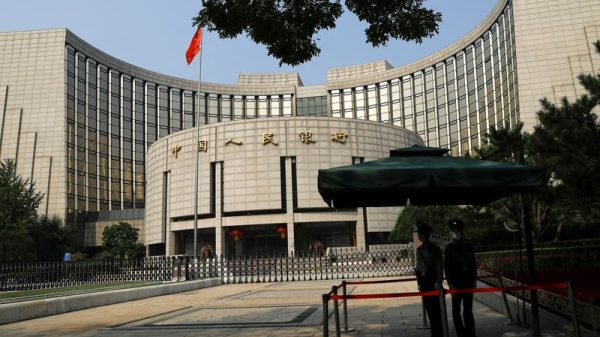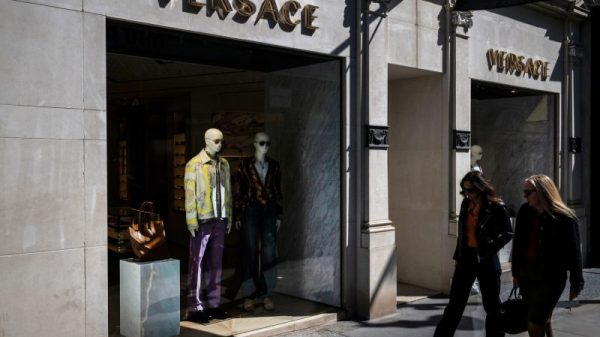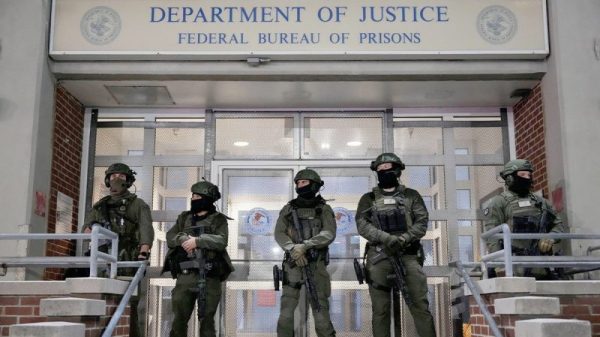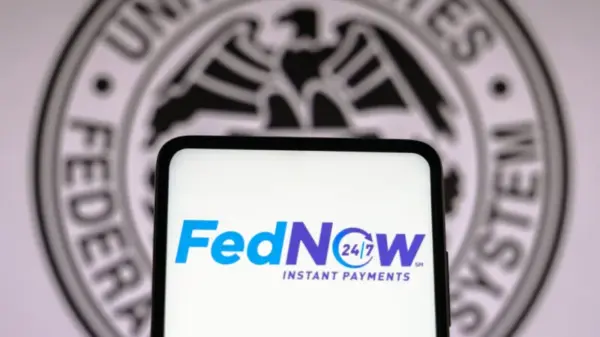The Power of Collective Action: Unleashing the Potential for Change
Introduction:
In a world that is constantly evolving, the need for collective action has become more evident than ever before. The array titled Locked Down: What Do We Really Need Collective Action For? sheds light on the importance of coming together as a society to address pressing issues. This article aims to delve deeper into the power of collective action and how it can unleash the potential for transformative change.
Unifying Forces:
Collective action serves as a unifying force that brings individuals from diverse backgrounds together for a common cause. Whether it is advocating for social justice, combating climate change, or addressing economic disparities, collective action amplifies the voices of the marginalized and empowers them to demand change. It fosters a sense of solidarity and creates a platform for collaboration, enabling people to pool their resources, knowledge, and skills towards a shared goal.
Strength in Numbers:
The saying strength in numbers holds true when it comes to collective action. When individuals join forces, their impact becomes exponentially greater. By mobilizing large groups of people, collective action can exert pressure on governments, corporations, and institutions to address systemic issues. It creates a ripple effect that challenges the status quo and paves the way for meaningful reforms. The recent global movements such as Black Lives Matter and Fridays for Future are prime examples of how collective action can shake the foundations of society and demand justice.
Addressing Complex Challenges:
Many of the challenges we face today are complex and multifaceted. They require comprehensive solutions that go beyond the capabilities of individuals acting alone. Collective action allows for a holistic approach to problem-solving by bringing together diverse perspectives and expertise. It encourages dialogue, innovation, and the exchange of ideas, leading to more effective strategies and outcomes. By tackling issues collectively, we can navigate the complexities and find sustainable solutions that benefit all.
Building Resilient Communities:
Collective action not only addresses immediate concerns but also builds resilient communities for the future. It fosters a sense of ownership and responsibility among individuals, empowering them to actively participate in shaping their communities. Through collective action, communities can identify their unique needs, develop localized solutions, and create a sense of belonging. This, in turn, strengthens social cohesion and resilience, enabling communities to withstand future challenges.
Conclusion:
The array Locked Down: What Do We Really Need Collective Action For? serves as a reminder of the power that lies within collective action. It is a catalyst for change, a force that unites individuals, and a tool for addressing complex challenges. By harnessing the potential of collective action, we can create a world that is more just, sustainable, and inclusive. It is time to recognize the strength in our numbers and embrace the transformative power of collective action. Together, we can shape a brighter future for all.

